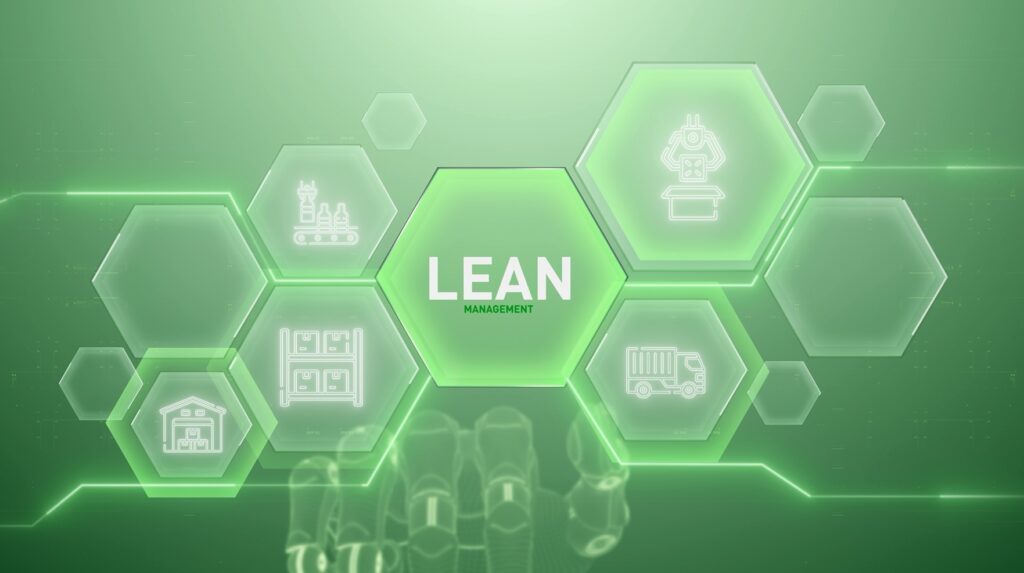In the ever-evolving landscape of business, organizations are constantly seeking ways to enhance their efficiency, reduce waste, and improve overall quality. One approach that has gained significant traction in recent years is the integration of Continuous Improvement (CI) methodologies and Lean practices into Quality Management Systems (QMS). Let’s explore the key principles of continuous improvement and lean practices and how they can be harnessed to drive operational excellence.
Understanding Continuous Improvement and Lean Practices
Continuous Improvement, often associated with methodologies like Lean and Six Sigma, is a systematic and ongoing approach to enhancing processes, products, or services. Lean, in particular, focuses on eliminating waste and optimizing efficiency by identifying and eliminating non-value-added activities.
Key Principles of Lean Practices:
Value Stream Mapping (VSM): Understanding and visualizing the entire process, from raw materials to the delivery of the final product or service, helps identify areas of waste and inefficiency. VSM is a powerful tool in Lean practices for streamlining processes.
Just-In-Time (JIT) Production: JIT is a Lean manufacturing principle that aims to produce items at the exact time they are needed in the production process, reducing excess inventory and associated costs.
Kaizen (Continuous Improvement): The philosophy of Kaizen revolves around making small, incremental improvements regularly. This principle encourages employees at all levels to contribute ideas for improvement.
5S Methodology: This method focuses on organizing the workplace for efficiency and effectiveness. The 5S’s stand for Sort, Set in order, Shine, Standardize, and Sustain.
Integration with Quality Management Systems:
The synergy between Continuous Improvement and QMS can significantly enhance an organization’s overall quality and performance. Here’s how:
Reducing Defects and Variability: Lean practices help identify and eliminate defects, reducing variability in processes. This aligns with the core objectives of QMS, ensuring products or services consistently meet or exceed customer expectations.
Enhanced Customer Satisfaction: By consistently delivering high-quality products or services, organizations can improve customer satisfaction. Lean practices contribute to this by eliminating waste and focusing on value-added activities.
Data-Driven Decision Making: Both Lean and QMS emphasize the importance of data in decision-making. Integrating data analytics into the continuous improvement process allows organizations to make informed decisions based on real-time insights.
Employee Engagement: Continuous Improvement encourages a culture of innovation and involvement at all levels of the organization. Engaged employees are more likely to contribute to the success of the QMS, driving improvements and fostering a culture of quality.
Challenges and Considerations:
While the benefits of integrating continuous improvement and lean practices into QMS are substantial, organizations may encounter challenges. Resistance to change, lack of resources, and insufficient training are common hurdles. Overcoming these challenges requires commitment from leadership and a well-designed change management strategy.
Conclusion
Continuous Improvement and Lean Practices are not just buzzwords; they represent a powerful approach to achieving operational excellence and ensuring the long-term success of an organization. By seamlessly integrating these principles into Quality Management Systems, businesses can not only meet regulatory requirements but also exceed customer expectations, reduce costs, and foster a culture of continuous innovation and improvement. Embracing this holistic approach positions organizations to thrive in an ever-changing and competitive business environment.

